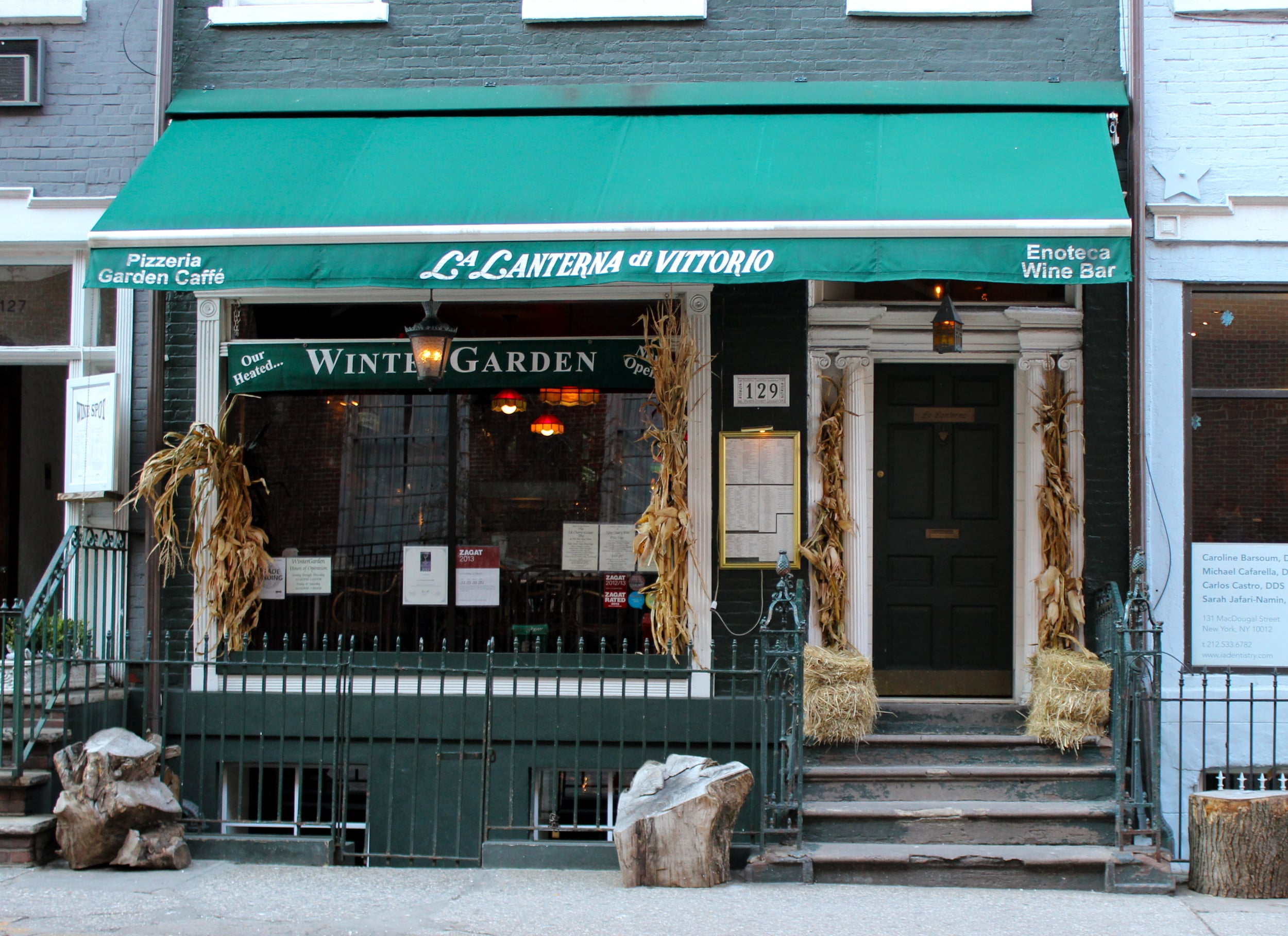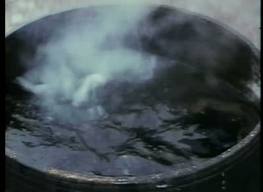JAZZ CONNECT
Sadly there are precious few chances for musicians & others in the greater jazz industry to hang, gather, socialize, discuss, network, gab, catch up with old friends, make new ones & generally just spend time in the pleasure of each other's company. The business has simply changed too much. The community is now fractured, and too much of it goes in separate directions too much of the time.
Various conferences over the years have provided that meeting place, but their sponsors ultimately have either gone under or pulled the plug on their gathering.
One north star has been the Association of Performing Arts Presenters (APAP) conference, which brings all manner of artists together with the bookers for the nation’s arts events. While not remotely a jazz event, there is enough jazz involved in APAP that a decent chunk of the jazz community is directly involved either by showcasing their wares, supporting the showcases of friends and colleagues or, by just milling about, networking with the greater crowd.
APAP has become such a vital part of the winter music scene that other events have piggybacked off APAP's drawing power in the 2nd week of January to create more strictly jazz events in that same time frame -- namely, Jazz Connect and the Winter Jazzfest.
Jazz Connect, presented by Lee Mergner of JazzTimes and Peter Gordon of the Jazz Forward Coalition, brings together jazz artists, labels, radio programmers, journalists, promoters, managers & publicists at New York’s St. Peter’s Church complex for two full days to discuss issues in the art form that year. But mostly, it’s the finest chance the jazz community has for simply being together.
In past years, I’ve marched straight to the panels & workshops to soak in all the information I felt I needed & could use. This year, I found myself eschewing most of the panels & meetings. This year was for people, for connecting, for networking, and for generally speaking with as many people as I could.
I was happy to create or foster business relationships with many industry folks this year. With a new album in the works that’s nearing completion, it's now time to lay the foundation for its introduction to the marketplace when it's finished.
Towards that end, scores of conversations were held, creating a groundwork for further meetings in the coming months. When discussing my plans with various stakeholders, I was thrilled to receive strong support across the board. This was incredibly encouraging and excites me to finish this project quickly, and to an even higher standard.
It’s also gotten me reignited, thinking about the following two projects as well...
On another front, I got to speak with many younger artists, and found myself taking on more of a mentor’s role with some of them than is usual for me. This was surprising, as I’ve never viewed myself as much of a teacher; but I realized there were bits of knowledge I had for which individuals whom I met were hungry, so it was easy and pleasing to share.
It also was fun to play Matchmaker. There were a slew of moments where I was that linchpin person between two other people, whom only I knew. I took great delight in introducing them when they clearly should know each other -- whether it was a brief chance meeting, due to sheer proximity, or designed, as in I wanted this person to know someone else & sought to make it happen. Often afterwards, I’d just step away, leaving them happily exploring this new friendship. This tickled me no end...
This was also a year of spontaneous connections -- as speaking to one person often led me to a second, who in turn pointed me to a third, who had exactly what I needed to hear or know. This process happened a number of times this week. That was exciting.
Lastly, this event each year allows me to refresh & deepen a great many friendships I’ve made with the incredibly talented & hard-working programmers from some of our best jazz radio stations, whom I’ve met through attending the annual JazzWeek Summit, and who have accepted me into their family. This is always one of the best “gets” from this event. This year, it also allowed us to gather to remember one of the best of this group, Tom “The Jazzman” Mallison, who was killed this year in a car crash and is sorely missed.
So, this part-reunion, part-business meeting, part-teaching session, part-therapy session, part-party took up the day hours for two full days until 6pm, wherein the focus shifted each night to another of the week’s events. While APAP is the showcase, and Winter Jazzfest the music lover’s marathon, Jazz Connect is the meeting place. And, as such, it is highly valuable to the community and we're grateful for it.
Kudos to Mergner & Gordon for yet another jazz community public service well done! Our thanks to you, both...




















